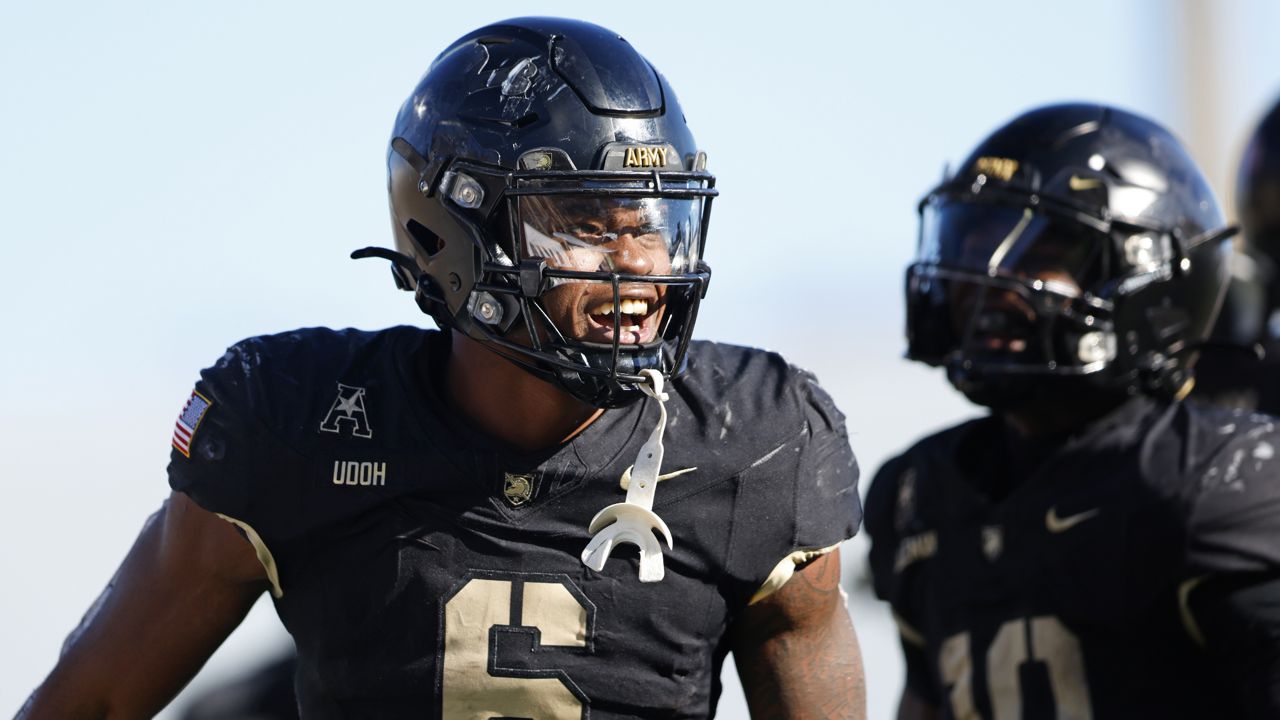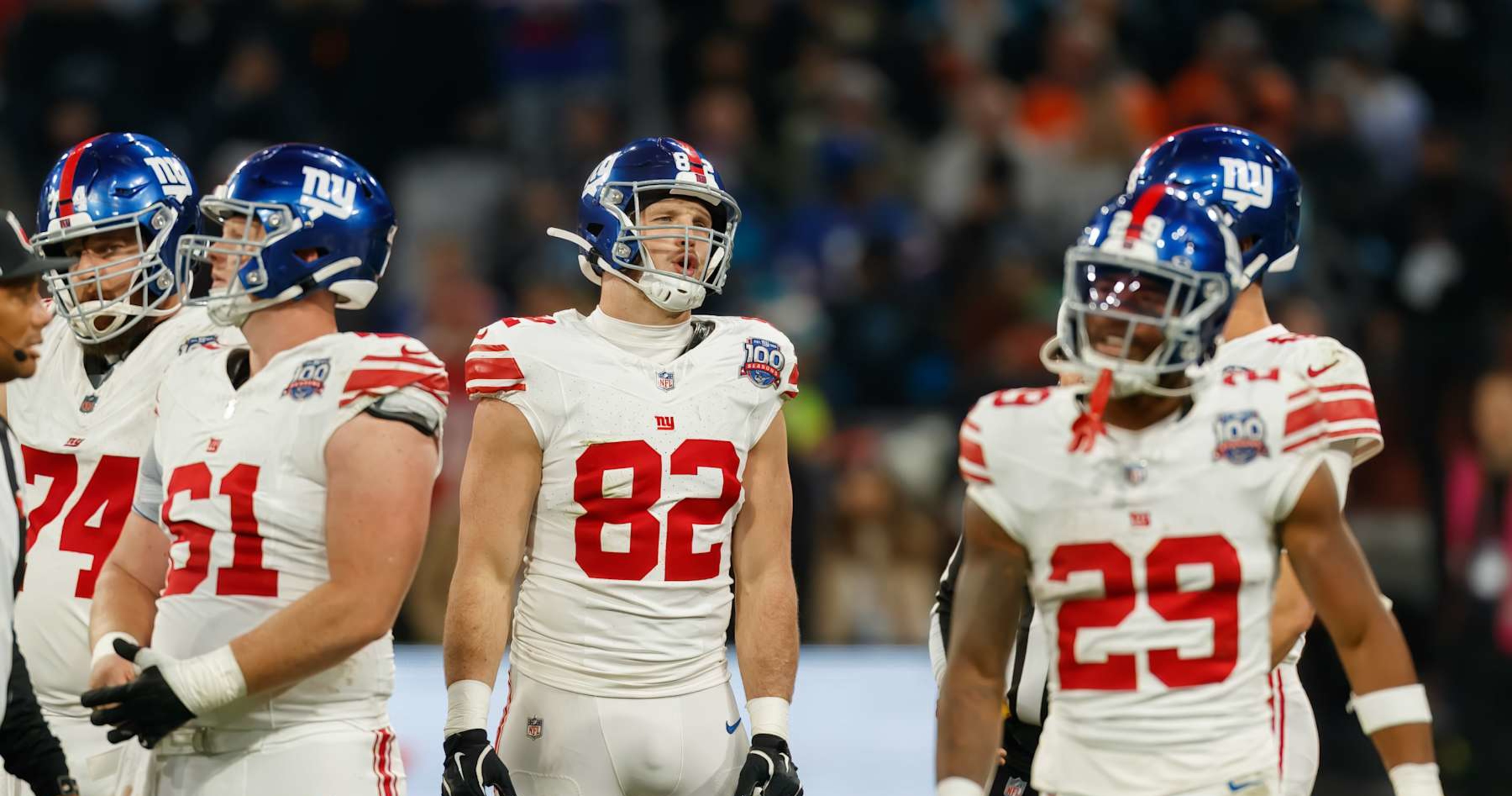Bussiness
Starbucks customers outraged over 40-minute waits for coffee amid staffing cuts: ‘Unacceptable’

Starbucks customers are being forced to wait up to 40 minutes for coffee, with baristas claiming that staffing cuts have left them overworked and unable to juggle the barrage of orders that come through mobile apps, in store and drive-thru.
The culling of jobs as well as the addition of hundreds of stores nationwide has left Starbucks customers waiting longer than their peers at rivals such as Dunkin’ and Caribou, according to data compiled by Technomic and cited by Bloomberg News.
In the last quarter, some 8% of Starbucks customers waited between 15 and 30 minutes for their order. By comparison, virtually no one waited that long for Starbucks drinks before the pandemic.
In the year spanning October 2022 through the same month last year, Starbucks laid off some 29,000 in-store workers while at the same time expanding its US footprint by opening 380 stores, according to SEC filings.
Starbucks employees also complained that a new company policy mandating baristas to commit to working 12 hours per week has reduced the number of employees available at certain locations.
Current staffers at the company’s stores say the reduced manpower has increased the burden on baristas while forcing customers to wait longer than usual.
Chris Mills told Bloomberg News that when he went to the Shelton, Conn., store to pick up an order for his wife on Mother’s Day, he waited 40 minutes for the baristas to prepare the latte.
He said he was pained by watching six baristas trying to fulfill orders.
“Nobody involved, in my observation, including me, the other customers, and even the staff seemed to be happy,” Mills told Bloomberg News.
The company denied that its stores were understaffed. Frank Britt, Starbucks’ chief reinvention officer, told Bloomberg News that the coffee chain has rolled out a new algorithm designed to allocate labor and manpower.
The algorithm computes data such as order forecasts and product availability. The information is used to recommend how much staff is needed at particular locations.
But employees told Bloomberg News that the algorithm fails to take into account extra work that staffers need to do to fulfill special requests on orders, such as adding cold foam or extra espresso shots.
Starbucks also rolls out promotions that are not factored in by the algorithm when determining how much manpower is needed, according to employees.
Britt told Bloomberg News that Starbucks has updated its algorithm in the last 18 months to ensure “enough capacity to meet demand.”
When asked about Mills’ experience at the Shelton, Conn., store, Britt said it was “unacceptable.”
“That’s on Starbucks,” Britt said. “We should be better.”
Starbucks also posted a blog item which touts its “staffing precision” technology that factors in “historical and current trends, promotions and product offerings.”
The company said staff schedules are set three weeks in advance in order to cut down on employee turnover and that “scheduling consistency” means “increased partner retention and satisfaction due to stable and consistent schedules.”
Earlier this month, Howard Schultz, the former CEO of Starbucks, posted a lengthy item on LinkedIn urging the company to revamp its US-based operations so as to emphasize the need for a “maniacal focus on the customer experience.”
Its most recent quarterly earnings report was met with disappointment on Wall Street as the stock plunged by some 16%.
The poor showing is increasing pressure on Schultz’s successor, Laxman Narasimhan, who was grilled about the company’s earnings results by CNBC’s Jim Cramer.
Starbucks cited economic headwinds in China and high inflation in the US as factors affecting its bottom line.
The company reduced its annual forecasts and reported a 15% drop in net income and a 2% decline in revenue for the quarter.










